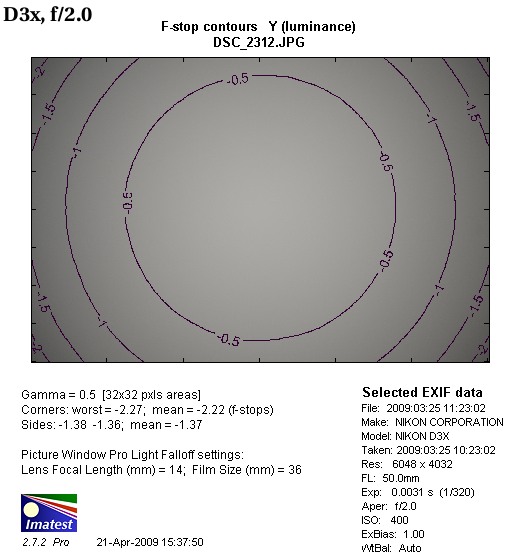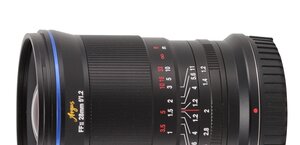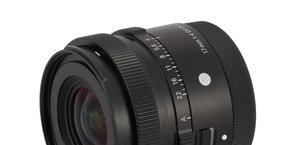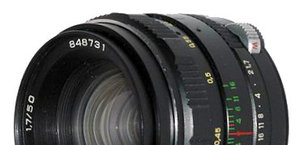50 years of Nikon F-mount – Nikkor-S 5 cm f/2 vs. Nikkor AF 50 mm f/1.8D
8. Vignetting
| Nikkor AF 50 mm f/1.8D - f/1.8 | |

|
|
| Nikkor-S 5 cm f/2.0 - f/2.0 | Nikkor AF 50 mm f/1.8D - f/2.0 |

|

|
| Nikkor-S 5 cm f/2.0 - f/2.8 | Nikkor AF 50 mm f/1.8D - f/2.8 |

|

|
| Nikkor-S 5 cm f/2.0 - f/4.0 | Nikkor AF 50 mm f/1.8D - f/4.0 |

|

|
Against such a background the Nikkor AF 50 mm f/1.8D looks more presentably. Although not much bigger, it is a bit faster and its light fall-off is significantly lower. At the maximum aperture the frame corner brightness loss is 41% (-1.54 EV). This value is not low but taking into account the fact that on full frame fast lenses can lose as many as 2-3 EV we really shouldn’t complain. By f/2.0 the vignetting amounts to 38% and by f/2.8 it decreases to 20%. By f/4.0 the aberration stops being a problem as it reaches only 11%.
Please Support UsIf you enjoy our reviews and articles, and you want us to continue our work please, support our website by donating through PayPal. The funds are going to be used for paying our editorial team, renting servers, and equipping our testing studio; only that way we will be able to continue providing you interesting content for free. |
- - - - - - - - - - - - - - - - - - - - - - - - - - - - - - - - - - - - - - - - - - - - - - - -
In this category, then, the advantage of the new lens over the old is clear.
The picture below shows the vignetting measurement results for the Nikkor-S 5cm f/2.0 wide open.
 |






